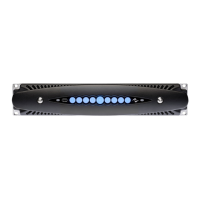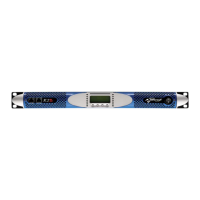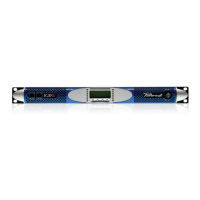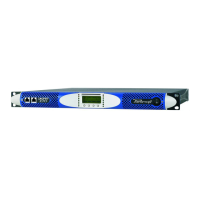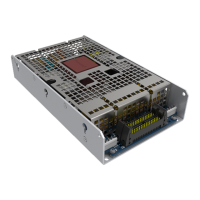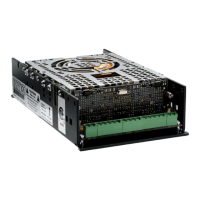Pilot Tone monitoring
thresholds triggers the general purpose output switches.
IP Addressing
through ArmoníaPlus.
networking methodology – Zeroconf): it self assigns a local numeric
server on the network during the startup, it set itself in AUTO IP mode.
Networking
via the Ethernet port and Dante
TM
/AES67 dedicated AoIP port.
among two input signal sources per channel: analog and Dante
TM
/
the input source.
Output Load monitoring
on the load impedance, at given frequency, that trigger the general
ArmoníaPlus
https://www.powersoft.com/en/software/armoniaplus/
low impedance (i.e. in Lo-Z configuration) an operating condition
peak
per channel.
mode for all the amplifier’s channels.
dip switch is therefore marked “USR C”, and its function is reserved.
loudspeakers. In order to connect any channel’s output to a
70V/100V line, the rear panel DIP switch corresponding to the
177859 port.
provided with four DIP switches.
patch
user in case of failures.
6
.
If self check cannot be started because of a fault, the check
LED will blink fast, whilst a reassuring slow blink is an
indication of a completed self check procedure.
Self Check
NO
and one Normally Closed NC.
are closed, whilst the NC contacts are open, and vice-versa.
Thermal stress: the system temperature is too high and the thermal
Short circuit in output wiring: either the loudspeaker or the line is
DSP+D versions feature further monitoring on pilot tone and output
load trough ArmoníaPlus.
Dante
TM
and adopt the T568B scheme pinout.
In order to implement a Dante
TM
network, a computer running
Dante
TM
TM
displayed in Dante
TM
MODELNAME-SERIAL
(e.g. Duecanali1604-71520).
EN

